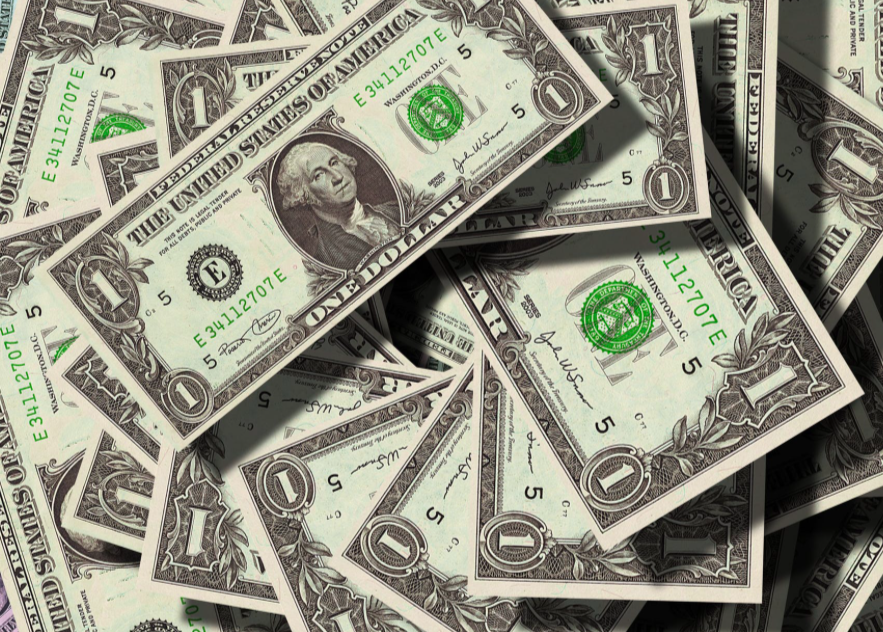Hard Money is a tool that many investors turn to in order to start their investing business. Most investors have very little money to put down on a deal and they simply need a little help. It can be a great tool to use, but it will also dramatically eat into your profits.
Let’s say that you purchase a home for $100,000 with a rehab budget (including all commissions and closing costs) of $40,000 and an As Repaired Value of $165,000. Before everyone starts to poke holes in my scenario here, I do realize that there are many, many costs that go into a deal, but I’m trying to illustrate a concept here…just pretend with me. Your profit of $25,000 on a $140,000 investment means you returned a very respectable 17.85%. Not too shabby for your first deal.
Now, let’s say you put down 20% of the $140,000 ($28,000) and you borrowed $112,000 at 10% with 4 points ($122,000 X 4% = $4480). Let’s say that from the time of purchase to the time you sold the rehabbed property was six months. You had points of $4480 and interest of $5600, or a total of $10,080 in loan costs. Your profit sinks to $14,920, but because you only had to put $28,000 into the deal, your percentage yield spikes to 53.29% (106.57% annualized as you only held the investment for 6 months).
When you use hard money, it does eat into your profits, but it gets you in the game and your percentage cash-on-cash yields go through the roof.
There is, however, one huge risk that happens often that no one seems to talk about. What happens if you can’t sell your property as quickly as anticipated. The longer you have to sit on the property, the more interest accumulates and, in some instances, will be more than your profit. Just keep that in mind before you use hard money.

